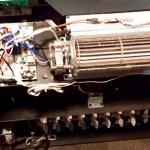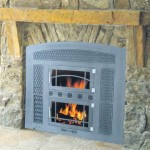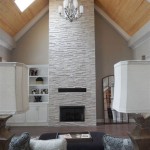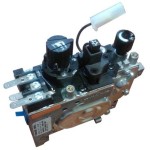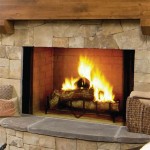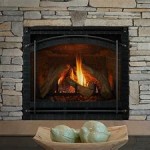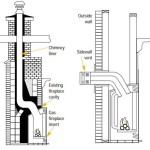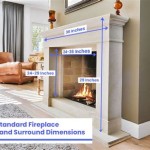Open Fireplace or Wood Burning Stove: Choosing the Ideal Home Heating Solution
When it comes to heating your home, two iconic choices emerge: open fireplaces and wood burning stoves. Each option offers distinct advantages and drawbacks, making it crucial to carefully consider your needs before making a decision. This article will delve into the essential aspects of both open fireplaces and wood burning stoves, aiding you in determining the ideal heating solution for your abode.
Open Fireplaces: Enchanting Ambiance and Drawbacks
Open fireplaces exude a timeless charm, evoking a sense of warmth and coziness. Their open design allows for radiant heat to disperse throughout a room, creating a welcoming and intimate atmosphere. However, open fireplaces come with certain drawbacks. They are notoriously inefficient, as much of the heat generated escapes up the chimney. Additionally, open fireplaces pose safety concerns, as flying embers and sparks can easily ignite surrounding materials.
Wood Burning Stoves: Efficient Heaters with Environmental Considerations
Wood burning stoves, on the other hand, offer a more efficient heating solution. Their closed design traps combustion gases and directs heat into the room via convection or radiation. This process results in a more controlled and efficient heat output compared to open fireplaces. Moreover, wood burning stoves are considered more environmentally friendly, as they produce less smoke and particulate matter than open fireplaces.
Fuel Considerations: Wood vs. Other Options
Both open fireplaces and wood burning stoves primarily rely on wood as fuel. However, wood burning stoves can also accommodate other fuels, such as coal and briquettes. The type of fuel chosen will influence the performance and environmental impact of your chosen heating appliance. Seasoned hardwood is the preferred choice, as it burns hotter, cleaner, and produces less smoke.
Maintenance and Safety Precautions
Regular maintenance is essential for both open fireplaces and wood burning stoves. Open fireplaces require frequent chimney cleaning to remove soot and debris that can accumulate and pose a fire hazard. Wood burning stoves, on the other hand, require regular cleaning of the stove body and flue to ensure optimal performance and prevent the buildup of creosote, a highly flammable substance that can cause chimney fires.
Cost Considerations: Installation and Fuel
The cost of installing and operating an open fireplace or wood burning stove can vary significantly. Open fireplaces may require costly chimney repairs or renovations, while wood burning stoves generally have lower installation costs. However, the ongoing cost of fuel should also be taken into account. Wood is typically a more affordable fuel than gas or electricity, but its availability and price can fluctuate depending on the region.
Conclusion
Whether you opt for the alluring charm of an open fireplace or the efficient warmth of a wood burning stove, understanding their distinct characteristics and drawbacks is paramount for informed decision-making. Carefully weigh the factors discussed in this article, including aesthetics, efficiency, fuel considerations, maintenance requirements, and costs, to determine the ideal heating solution that meets your specific needs and preferences.

Open Fires V Wood Burning Stoves The Grate Debate Country Life

5 Reasons Why A Woodburner Is Better Than An Open Fire

Wood Burning Stoves Use 80 Percent Fewer Logs Than An Open Fire Stovax Gazco

Wood Burner Vs Open Fire Bowland Stoves

What S Best For Me A Stove Or An Open Fire Supermarket

Why Choose A Stove Over An Open Fire Stovax Gazco

Gas Stove Or Open Fire What S Best For Me Chesneys

Wood Burner Vs Open Fire How To Fill Your Fireplace Fifi Mcgee

Practical Advice For Open Wood Fireplace From Camelot Real Fires

Switching Your Open Fire To A Wood Burner Direct Stoves

